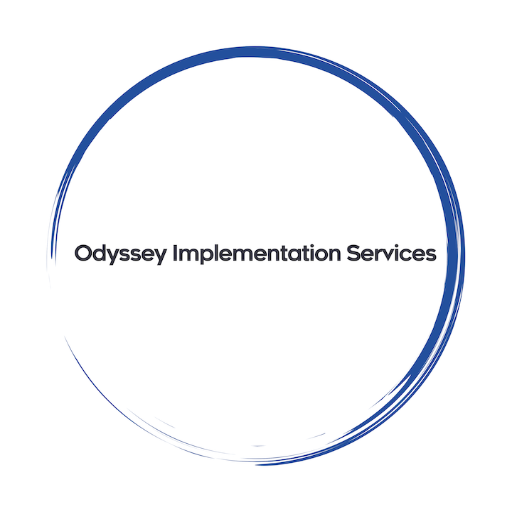In the realm of Salesforce, efficient data delivery is paramount for informed decision-making and streamlined operations. One powerful feature that aids in this endeavor is the ability to schedule reports to be sent out at specific times. Let’s explore what scheduling reports entail, when teams can leverage this functionality, how to schedule reports effectively, and important considerations for administrators and developers.
Understanding Scheduled Reports Scheduled reports in Salesforce enable users to automate the distribution of critical data insights to stakeholders at predefined intervals. Whether it’s daily sales summaries, weekly performance metrics, or monthly forecasts, scheduled reports ensure that the right information reaches the right people at the right time.
When to Use Scheduled Reports? Teams can utilize scheduled reports in various scenarios, such as:
- Distributing regular performance updates to management.
- Sending reminders for pending tasks or overdue activities.
- Sharing insights with external partners or clients on a recurring basis.
How to Schedule a Report to be Sent: Step-by-Step
- Create or Open a Report: Navigate to the Reports tab and create a new report or select an existing one.
- Customize Report Settings: Configure the report filters, groupings, and chart options as desired.
- Save the Report: Once satisfied with the report setup, save it with an appropriate name.
- Schedule Report: From the report’s detail page, click on the “Schedule Future Runs” button.
- Set Schedule Details: Choose the frequency, start date, time, and recipients for the scheduled report delivery.
- Save and Activate: Review the schedule settings and save the schedule to activate it.
Additional Considerations
- Data Sensitivity: Ensure that scheduled reports adhere to data security and privacy policies.
- Recipient Management: Regularly review and update the list of report recipients to reflect organizational changes.
- Report Refresh: Verify that the report data remains relevant by scheduling periodic report refreshes.
What Administrators and Developers Need to Know
- Governance Policies: Establish guidelines for scheduling reports to maintain consistency and avoid information overload.
- Resource Allocation: Monitor system resources to prevent performance issues, especially when scheduling large or complex reports.
- Error Handling: Implement mechanisms to handle scheduling errors gracefully and notify administrators promptly.
In conclusion, scheduling reports in Salesforce offers a convenient way to automate data dissemination and ensure timely access to critical insights. By following best practices and considering important factors, teams can harness this functionality to enhance collaboration, drive informed decision-making, and ultimately, achieve better outcomes in their Salesforce endeavors.
